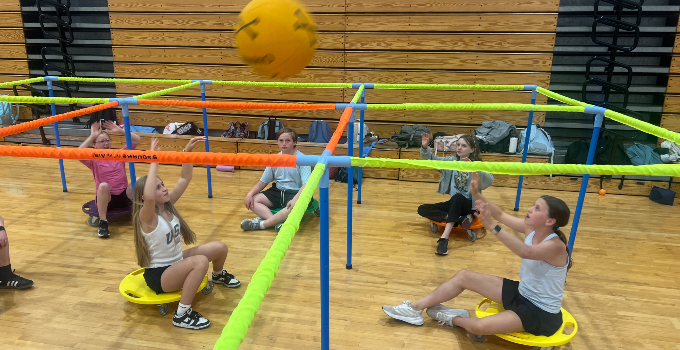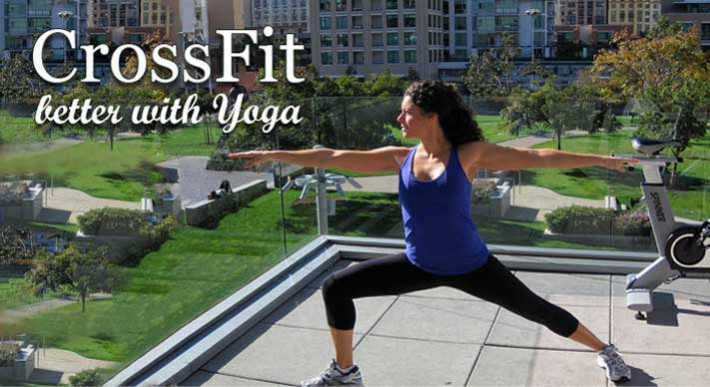The way people perceive fitness, beauty, and physical strength is deeply influenced by culture. Across the world, societies hold different standards of what a “healthy” or “attractive” body looks like — and these ideals shape how individuals choose to exercise, eat, and live. From the sculpted physiques celebrated in Western media to the graceful balance emphasized in Eastern traditions, cultural beliefs guide both motivation and behavior around health and fitness. Understanding these cultural influences reveals how exercise is more than a physical activity — it’s a reflection of identity, social values, and collective ideals.
Cultural Perceptions of the “Ideal Body”
Body ideals are not universal; they vary widely depending on cultural values, media representation, and historical traditions. In many Western societies, fitness culture promotes lean, muscular, and athletic bodies, often linked to discipline, success, and control. In contrast, several African and Pacific Island cultures traditionally associate fuller body types with prosperity, fertility, and health. Meanwhile, East Asian societies may emphasize slimness and delicacy as symbols of refinement and grace. These varying ideals affect how people choose their exercise routines, whether it’s strength training for muscle definition or dance-based movement for flexibility and elegance.
Exercise as a Reflection of Social Identity
Exercise habits are not just about personal choice — they are often expressions of belonging to a particular social or cultural group. In Western countries, gym workouts and personal fitness programs are seen as markers of self-discipline and modernity. Group fitness classes like CrossFit or spinning appeal to those who value community and shared effort. In contrast, in regions where daily life already involves physical labor or active transportation, structured exercise is less common. Cultural identity also influences gender expectations; in some societies, women may be encouraged to maintain modest physiques, while in others, strength and athleticism are increasingly celebrated.
Traditional Movement Practices and Their Modern Influence
Many traditional cultural practices evolved as natural forms of exercise long before modern fitness programs existed. Yoga in India, Tai Chi in China, and Capoeira in Brazil are prime examples of physical activities rooted in philosophy, spirituality, and cultural history. These practices not only promote flexibility and coordination but also emphasize harmony and mindfulness. As they spread globally, they have inspired hybrid fitness trends that combine traditional movement with modern training methods — a cultural exchange that enriches the global understanding of health and wellness.
Table: Cultural Attitudes Toward Exercise and Body Ideals
| Culture/Region | Body Ideal | Preferred Exercise Style | Underlying Cultural Beliefs |
|---|---|---|---|
| Western (U.S., Europe) | Lean and muscular | Gym workouts, running, CrossFit | Discipline, control, aesthetics |
| East Asian (Japan, Korea, China) | Slim and toned | Dance, yoga, light fitness | Grace, balance, social harmony |
| African | Curvy and strong | Dance, community games | Vitality, fertility, abundance |
| Middle Eastern | Modest yet healthy | Home-based workouts, walking | Cultural modesty, wellness balance |
| Latin American | Curvy and energetic | Zumba, dance fitness | Expression, rhythm, social energy |
The Role of Media in Defining Fitness Aspirations
Media has become a powerful force in shaping global perceptions of fitness and beauty. Social media platforms, advertisements, and celebrity culture create visual standards that often become universal goals. While this exposure encourages physical awareness, it can also lead to unrealistic expectations. For example, the “fitspiration” trend promotes extreme workouts and restrictive diets, sometimes ignoring cultural diversity and individual body types. However, the rise of body positivity movements has begun to challenge these narratives, encouraging acceptance of all shapes and promoting exercise for well-being rather than appearance.
Gender Norms and Exercise Behavior
Cultural expectations about gender play a significant role in shaping exercise habits. In many Western societies, men are encouraged to build muscle and display strength, while women are often pressured to maintain a slim figure. In some Middle Eastern and South Asian cultures, women’s exercise options may be limited due to modesty norms or restricted public spaces. However, this is changing rapidly as fitness studios, online classes, and women-only gyms expand access. Empowering women to participate freely in exercise has not only improved physical health but also challenged traditional gender roles in many regions.
Exercise as a Cultural Ritual
In some societies, physical activity is closely tied to community rituals rather than individual goals. African tribal dances, Polynesian ceremonies, and Indigenous hunting practices all serve as cultural expressions that also enhance endurance and coordination. Even in modern urban settings, festivals, parades, and group dances preserve this connection between physical movement and cultural celebration. These forms of exercise are deeply social, reinforcing identity, unity, and shared joy — a stark contrast to the often solitary workouts popular in modern fitness culture.
Modern Global Fitness Trends and Cultural Integration
Globalization has blurred the boundaries between traditional and modern fitness approaches. Yoga is practiced in American gyms, while CrossFit gyms operate in Tokyo and Dubai. This exchange has led to cultural integration, but also to debates about authenticity and commercialization. While global fitness trends encourage cross-cultural learning, respecting the roots of traditional practices remains essential. The healthiest approach combines the mindfulness of ancient traditions with the innovation and accessibility of modern fitness.
The Psychological Dimension of Body Ideals
Body image is as much psychological as it is cultural. Constant exposure to idealized body standards can affect self-esteem and mental health, particularly among young people. In cultures where physical appearance strongly influences social status or marriage prospects, the pressure to conform can lead to anxiety, disordered eating, or excessive exercise. Recognizing that beauty and fitness standards are culturally constructed helps individuals redefine health in more inclusive and self-accepting terms.
Redefining Fitness in a Globalized World
As cultures continue to interact and evolve, the definition of an ideal body is gradually shifting. Global movements promoting body neutrality, mental wellness, and holistic health are encouraging people to move for joy, longevity, and emotional balance rather than appearance. Fitness is increasingly being seen as a tool for empowerment and self-expression, not conformity. The fusion of traditional wisdom and modern science offers a more inclusive and sustainable vision of wellness — one that celebrates diversity in every form.
FAQs
1. How does culture influence the way people exercise?
Culture affects how people view physical activity — whether it’s a routine for fitness, a spiritual practice, or a social ritual. It shapes motivation, preferred exercise types, and even perceptions of what constitutes a “healthy” body.
2. Why do body ideals vary across cultures?
Body ideals reflect historical, economic, and social factors. For example, societies that associate abundance with wealth may prefer fuller figures, while modern industrialized cultures often equate slimness with control and success.
3. Can cultural diversity improve global fitness practices?
Yes. Embracing different cultural perspectives encourages more balanced and inclusive fitness habits. By integrating traditional practices with modern methods, people can enjoy physical health while respecting cultural values.



